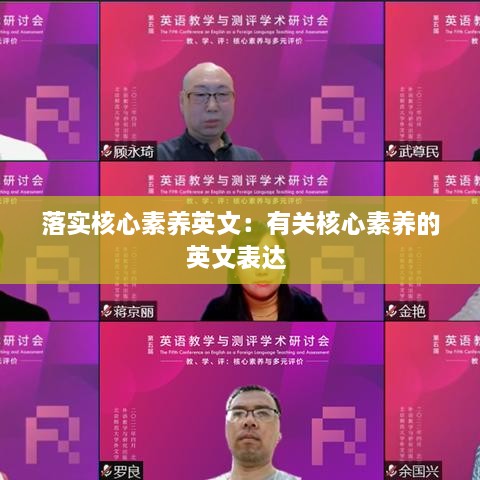Introduction to Core Competency Implementation
In the modern educational landscape, the concept of core competencies has gained significant traction. These competencies represent a set of essential skills and qualities that students should possess to thrive in the 21st century. The implementation of core competencies in education is not just a trend but a necessity to prepare students for the challenges and opportunities of the future. This article delves into the importance of core competencies and how they can be effectively integrated into the educational system.
Understanding Core Competencies
Core competencies are often defined as the foundational skills and attributes that individuals need to succeed in various aspects of life. These competencies go beyond traditional academic subjects and include critical thinking, problem-solving, communication, collaboration, creativity, and global awareness. In the context of education, these competencies are seen as the building blocks for lifelong learning and personal development.
It is crucial to differentiate between core competencies and traditional academic subjects. While academic subjects provide specific knowledge and skills, core competencies focus on the ability to apply this knowledge in real-world situations. For instance, a student may learn about history in a social studies class, but the core competency of critical thinking is developed when the student analyzes historical events and draws conclusions based on evidence.
The Importance of Core Competency Implementation
The implementation of core competencies in education is vital for several reasons. Firstly, it equips students with the skills they need to navigate an increasingly complex and interconnected world. In a globalized economy, the ability to communicate effectively, work collaboratively, and think critically is invaluable.
Secondly, core competencies promote a more holistic approach to education. By focusing on the development of these competencies, educators can create a more engaging and inclusive learning environment. This approach allows students to explore their interests and talents beyond the confines of traditional subjects.
Lastly, the implementation of core competencies is essential for preparing students for future careers. Many employers are seeking candidates who possess a diverse skill set and are adaptable to change. By emphasizing core competencies, educators can help students develop the flexibility and resilience needed to succeed in the workforce.
Challenges in Implementing Core Competencies
While the benefits of implementing core competencies are clear, there are several challenges that educators and policymakers face. One of the primary challenges is the need for a comprehensive framework that defines what core competencies are and how they should be assessed. Without a clear framework, it can be difficult to ensure consistency and quality in the implementation of these competencies.
Another challenge is the time and resources required to integrate core competencies into the curriculum. Educators often have to balance the demands of teaching traditional subjects with the need to develop and assess core competencies. This can be particularly challenging in crowded classrooms and underfunded schools.
Additionally, there is a need for ongoing professional development for teachers to effectively teach and assess core competencies. Teachers must be equipped with the knowledge and skills to integrate these competencies into their lessons and to evaluate student progress.
Strategies for Effective Implementation
Despite the challenges, there are several strategies that can help in the effective implementation of core competencies. One approach is to integrate these competencies into existing curriculum frameworks. This can be done by identifying opportunities within existing subjects to develop and assess core competencies.
Another strategy is to create interdisciplinary projects and activities that allow students to apply their skills in real-world contexts. For example, a science project could involve students conducting research, presenting their findings, and collaborating with peers to develop a solution to a real-world problem.
Furthermore, the use of technology can play a significant role in the implementation of core competencies. Digital tools and platforms can facilitate collaboration, communication, and critical thinking skills. Educators can leverage these tools to create interactive and engaging learning experiences.
Conclusion
In conclusion, the implementation of core competencies is a critical step towards preparing students for the future. By focusing on these foundational skills and attributes, educators can create a more dynamic and effective learning environment. While challenges exist, with the right strategies and support, the integration of core competencies can transform education and empower students to succeed in a rapidly changing world.
转载请注明来自陵县立信制衣有限公司,本文标题:《落实核心素养英文:有关核心素养的英文表达 》









 蜀ICP备2022005971号-1
蜀ICP备2022005971号-1
还没有评论,来说两句吧...